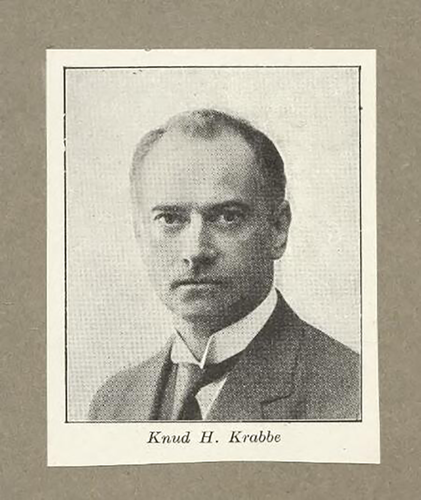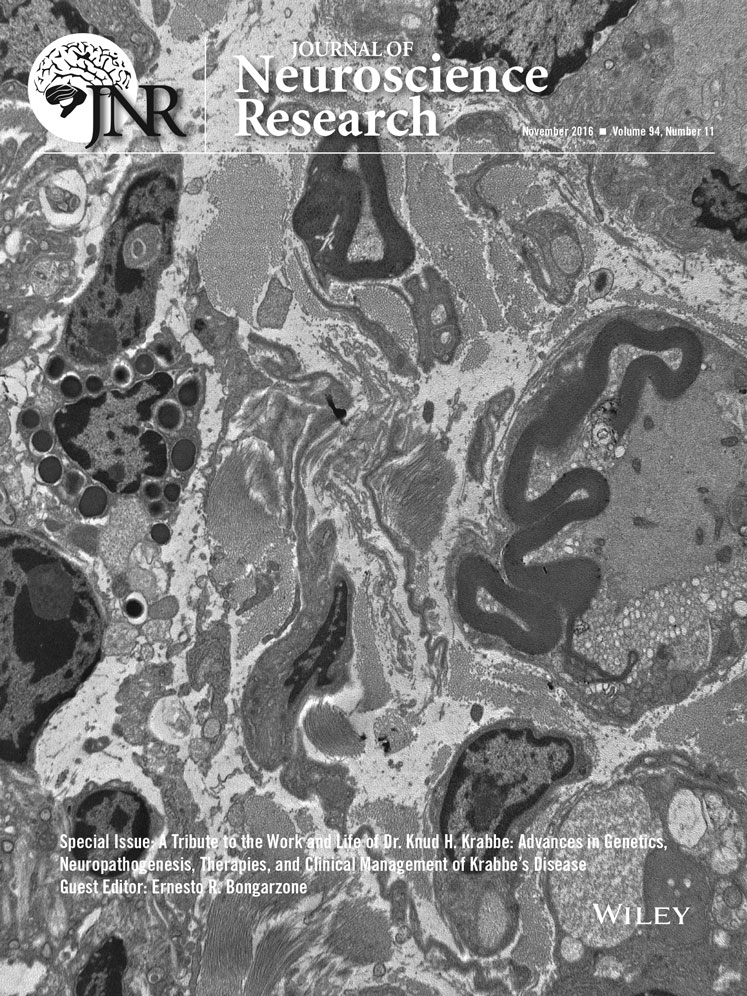A tribute to the work and life of Dr. Knud H. Krabbe: Advances in genetics, neuropathogenesis, therapies, and clinical management of Krabbe's disease
In June 1916, an article in the journal Brain described the clinical and neuropathological features of five infants affected with a diffuse familial sclerosis of the brain (Krabbe, 1916). The author was Knud Haroldsen Krabbe, an incipient and energetic young Danish neurologist. Educated in an academic environment since early infancy, Krabbe published his first scientific paper at the age of 10, a testament to his curious and investigative mind. After becoming a neurologist from the University of Copenhagen in 1909, Dr Krabbe became very interested in child neurology. He worked in various hospitals, including the National Hospital for Nervous Diseases in Queen's in London Square, Kommunehospitalet, and Rigshospitalet in Copenhagen. He founded and was editor-in-chief of the journal Acta Psychiatrica Neurologica Scandinavica and became a loved and highly respected mentor for young researchers and physicians. In his later years, while suffering from Parkinson's disease, Dr Krabbe continued to perform his lifetime passion, scientific research, in a small laboratory associated with the Municipal Hospital in his native city of Copenhagen. Dr Krabbe died in 1961, without witnessing major advances in our understanding of the disease that eventually became his eponym.
We reach the advent of this 100-year anniversary with significant insight into the genetics of the disease, its neuropathogenesis, and the clinical management of affected children. In just the last 10 years, we have witnessed a remarkable spur of reports that revealed new and exciting aspects of the mechanisms leading to brain pathology and tested new and powerful therapeutic tools. Born from the collective past and present efforts of a myriad of scientists across the world, we face the start of the new century for Krabbe's disease with an astonishing leverage of knowledge. These are exciting times when safer and more efficient treatments are starting to be envisioned.
This special issue of the Journal of Neuroscience Research is dedicated to honoring the life and work of Dr Krabbe, whose fundamental observations point the way for the important work of generations of scientists and physicians, to the memory of the many infants who suffered and are afflicted by this malady, and to the Herculean work of the Krabbe families, facing the challenging work of caring for their affected children. At a personal level, it has been my privilege and honor to organize this compendium of articles, with the goal of summarizing the current understanding of Krabbe's disease, its genetics, pathology, clinical management, and emerging therapies. I certain that Dr Krabbe would be proud of the efforts, passion, and findings that have been attained in these 100 years, and would look, as I do, with high hopes and optimism to the future of treating Krabbe's disease.
Ernesto R. Bongarzone
August 16, 2016
ACKNOWLEDGMENT
The author wishes to thank all contributors for their enthusiastic response and collaboration in compiling this special issue. This work is partially funded by the National Institutes of Health and the Legacy of Angels Foundation. The author is a consultant for Lysosomal Therapeutics, Inc. My special thanks to Dr De Vellis and Dr Prager and Wiley Publishers, who believed in this project and supported me with unlimited advice. Finally, my gratitude to Ms Krabbe Meyer and the National Library of Denmark and Copenhagen University Royal Library for allowing the use of Dr Krabbe's photograph.





